Summary
Using a sheet of laser rubber stamp material, engrave and cut your own personalised stamps at home!
Production Info
Application scenario
Laser
Software
xTool Creative Space
Machine & processing module
10W
Material used
Mine was bought from Kitronik in the UK.
XTool do offer their own kit - Xtool, if you're reading this, feel free to send me a kit and I'll update this tutorial!
Total time
20 min
Also compatible with other machines. Visit the Material EasySet Library for more.



